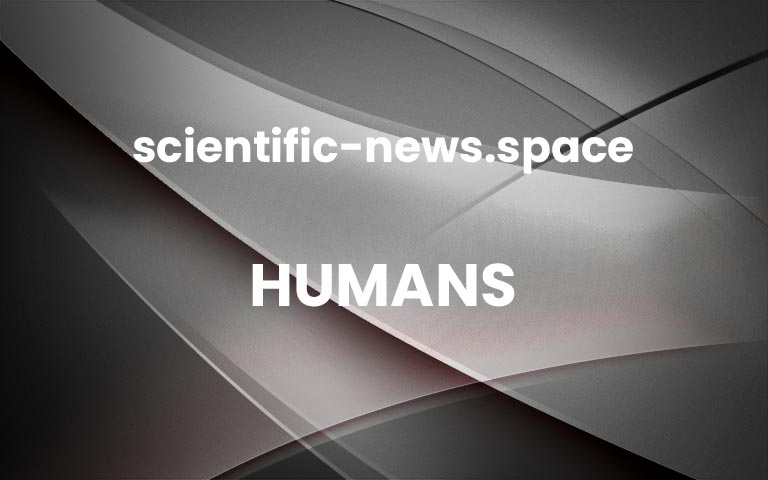Metal-making practices described in a 2300-year-old text called the Kaogong Ji are more sophisticated than anyone realised
Humans
10 August 2022
By Jason Arunn Murugesu
A Chinese bronze container from the fifth century BCB Christopher / Alamy
THE missing ingredients of an ancient Chinese recipe for bronze may have been uncovered, revealing another level of sophistication in the practice of chemistry at the time.
Kaogong Ji, a 2300-year-old text, is the oldest technical encyclopedia in the world. The book contains instructions on how to make several objects, such as metal drums, chariots and weapons. It also contains six recipes for bronze that have long puzzled researchers.
While bronze-making wasn’t unique to China at that time, Ruiliang Liu at the British Museum in London says the style and scale of the bronzes produced there was unrivalled.Advertisement
“We asked ourselves, how can Asian and Chinese people manage to produce so many bronzes [at that time],” says Liu.
Bronze is typically made by combining copper and tin. The recipe mystery centres on two ingredients called jin and xi that researchers have been unable to identify. In modern Mandarin, jin means gold, but in antiquity it is believed to have referred to copper or a copper alloy. Meanwhile, xi has long been considered to refer to tin.
But chemical analyses of bronze vessels from that time period suggest that jin and xi can’t simply be copper and tin.
Liu and his colleagues analysed previously compiled data on the chemical composition of knife-shaped Chinese coins produced in the same era as when the recipes were recorded. By teasing out the relationships between the metals present in the coins, the researchers suggest the objects were created using pre-made alloys.
They discovered that the higher the lead concentration in the coins, the lower the concentration of both copper and tin. The coins with the highest concentration of copper also had the highest concentration of tin. These findings suggest that lead was being mixed into an alloy of copper and tin – a bronze alloy.
By modelling different combinations, the team determined that an 80:15:5 copper-tin-lead alloy mixed with a 50:50 copper-lead alloy in various ratios was the best match with the chemical coin data.
These pre-made alloys are likely to be jin and xi respectively as recorded in the Kaogong Ji, says Liu. But he adds that the recipes in the book may not reflect how bronze was usually made.
“If anything, the recipes are too specific,” he says. “The people who actually got their hands dirty probably couldn’t read or write so they wouldn’t have been able to record the recipe. I think there is a gap in knowledge between the person who wrote the recipe and the person who did the real work.”
Jianjun Mei at the University of Cambridge isn’t totally convinced by the findings. He says these recipes shouldn’t considered accurate records of practices used at the time. “These officials [who wrote the text] might only pay attention to the most important materials, such as copper and tin, rather than all other materials,” he says. The recipes still largely work if you take jin and xi to be copper and tin, he says.
Bronze was used in ancient China to make large vessels for religious purposes, says Jessica Rawson at the University of Oxford. “In China, they had a huge workforce and so could afford to use a very complicated system with a lot more metal than in the West,” she says.
Journal reference: Antiquity, DOI: 10.15184/aqy.2022.81).
More on these topics: More


